Bijia (比甲) is a kind of Chinese outfit, it is a sleeveless and collarless vest, with two sides split to the knee. Its style is longer than that of the later vest, generally to the hip or knee, some longer, less than a ruler (about 33 cm long) from the ground. The main function is to keep warm, the advantage is very convenient, Bijia popular in the Yuan and Ming Dynasties.

Origin & Development of Bijia
Bijia was designed and made by the empress of Kublai Khan (the emperor of the Yuan Dynasty). At the beginning of the Yuan Dynasty, Bijia was worn by the emperor, and later gradually became popular among the people. Since the application of buttons in clothes appeared in the Yuan Dynasty, buttons have also been used in Bijia, which is more convenient and compact to wear. This is a new change in traditional Chinese outfits.
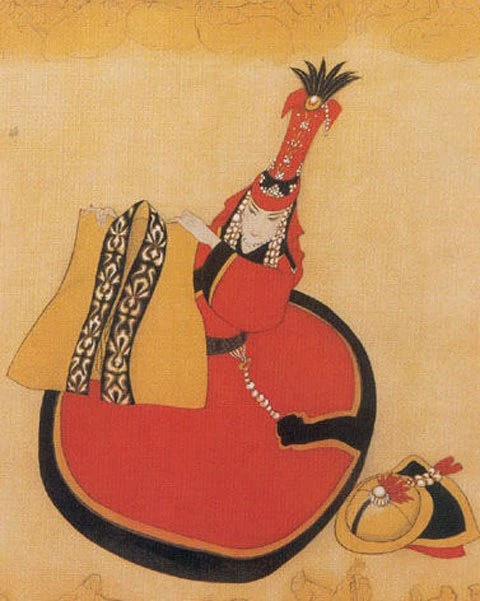
Shape & Wear Style of Bijia
- In the Yuan Dynasty, Bijia was sleeveless and collarless, and the back of the garment was longer than the front, with two buttons made of thread on each side of the split, it was originally designed for the convenience of riding. The front chest and back are not cold and the arms can move freely. In the Ming Dynasty, Bijia was similar to sleeveless Beizi (褙子), which was smaller than Beizi. The shape is long, round neck (圆领), straight neck (直领), or square neck (方领).
- During the Qing Dynasty, Bijia styles included sleeveless or short sleeves, as long as hip or knee, some 10 cm from the ground.
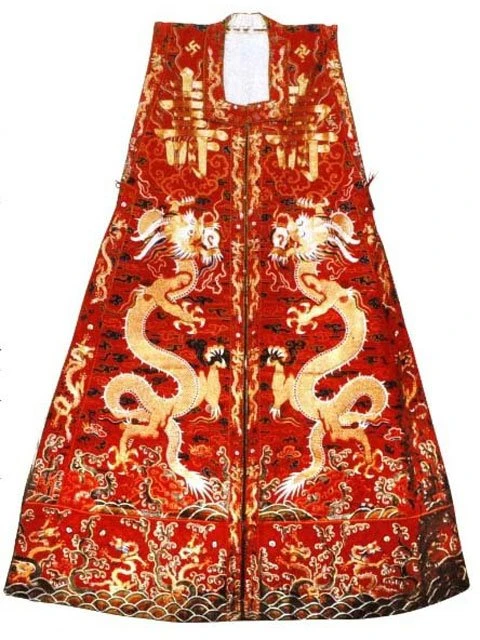
Ming dynasty embroidery Bijia
Collocation
In the Yuan Dynasty, Bijia was usually worn outside the shirt and Ao (袄). Mongolian women liked to embroider the Bijia, which was pretty. In Ming and Qing Dynasties, Bijia not only has practical advantages but also can make women's figure thin visually and have a sense of slim and charming. In addition, the decorative pattern of Bijia has the decorative characteristics of traditional Chinese arts and crafts, which simply deduces the beautiful beauty of Ming dynasty women's clothing.
Bijia is wearing clothes on the outside, a shirt on the inside, and a long skirt under. In order to highlight the color effect of Bijia, interior clothing is plain in most cases. About how to wear Bijia, can click here.
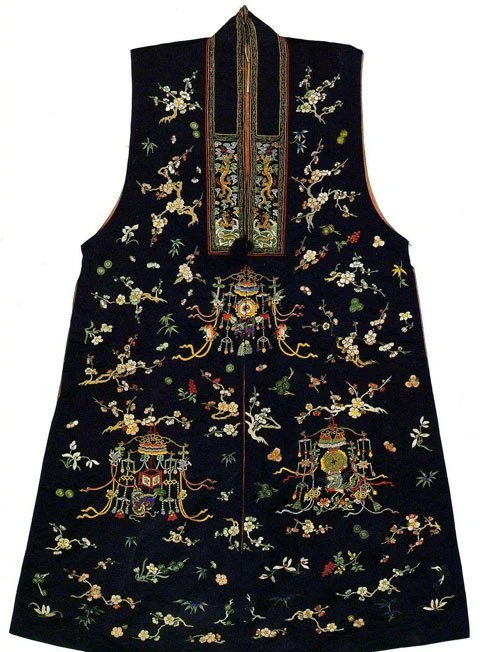
Bijia in the Qing dynasty
Historical value
In the history of Chinese outfit fashion, Bijia is a kind of clothing connecting the preceding and the following. It had a certain relationship with the Banbi (半臂) of Sui and Tang Dynasties, and the formation of the vest in later generations came from it. Therefore, Bijia has a special historical position in the evolution and development of Chinese outfits.
Modern Bijia
Today, Bijia is widely used in Hanfu. We have found some modern Bijia styles for your reference.
The above is the introduction of Chinese outfit Bijia, more about the introduction of Chinese outfits style and traditional Hanfu style could be found here.
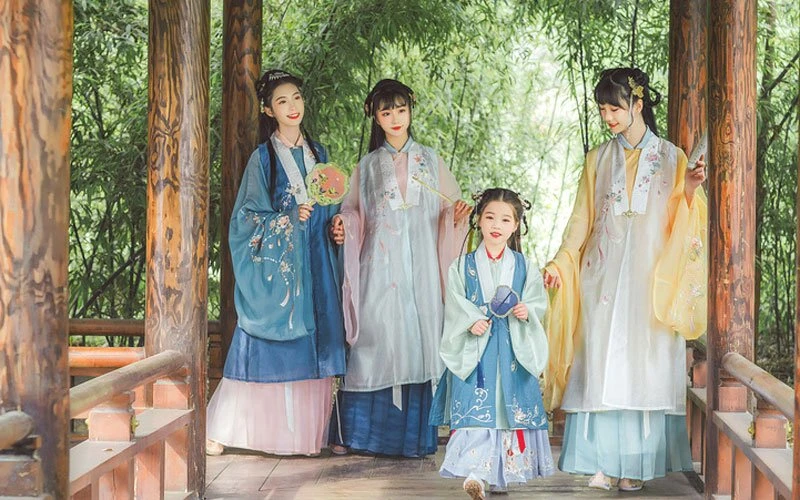

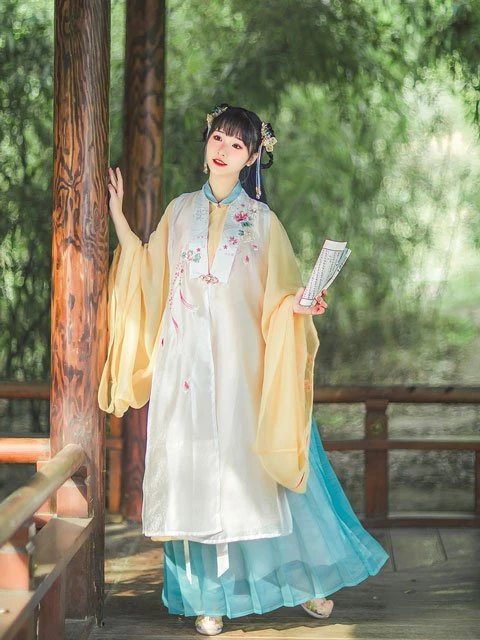
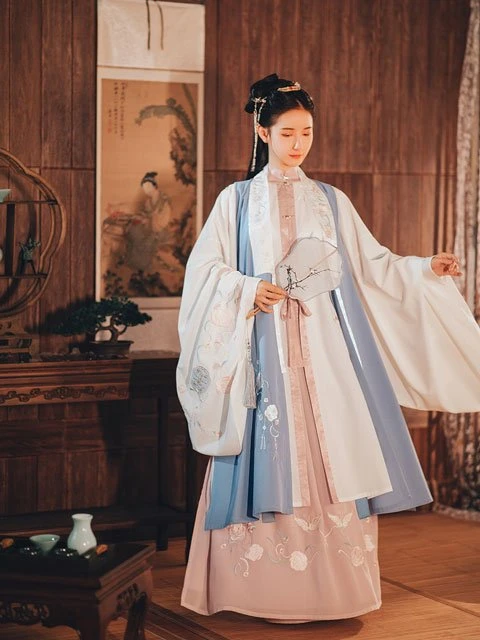
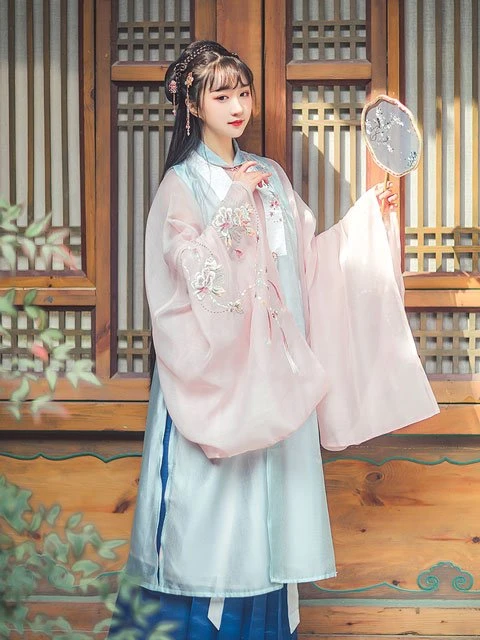
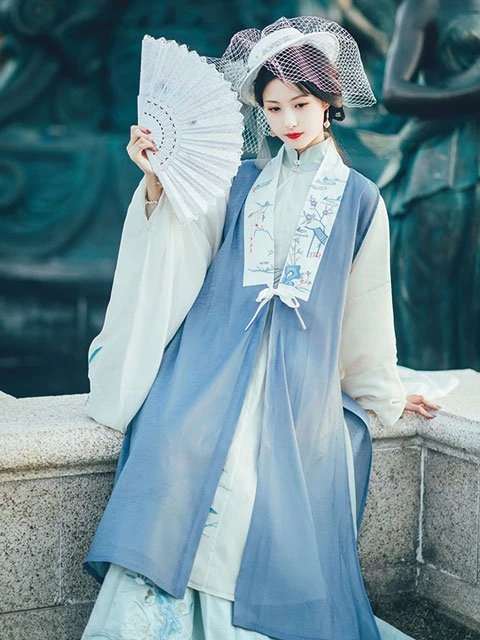
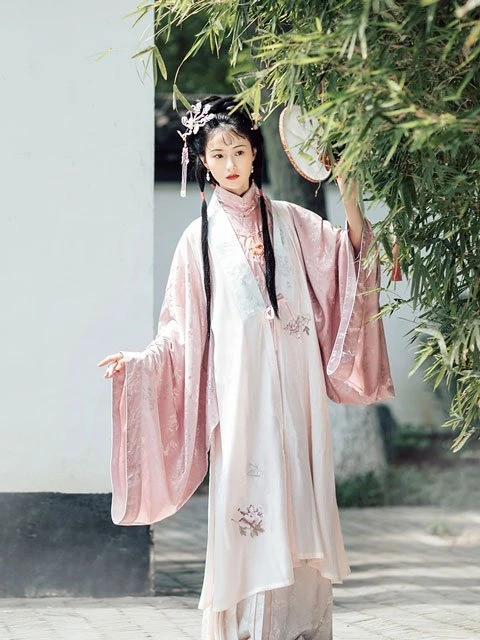
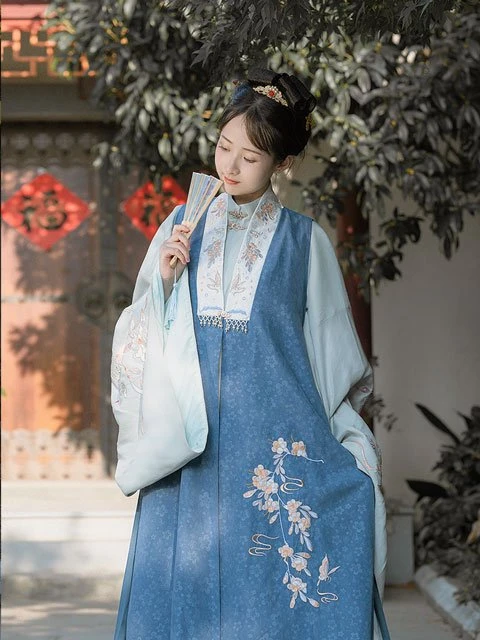

Oooh cool, so that’s what it’s called!! 😍